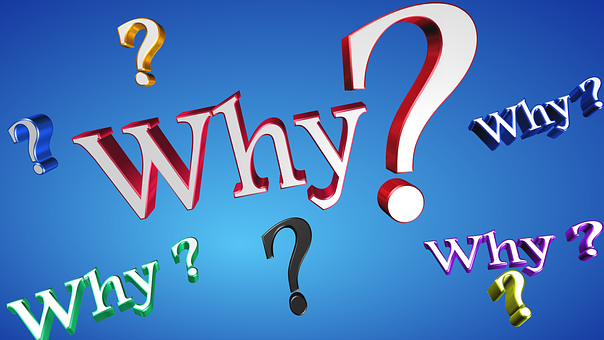Blog
Aug 02, 2018
Experienced, multi-functional proposal managers
Construct winning narrative
Make your bid look its best
Leverage our expertise to make your proposals stronge
Let BZ be your go-to proposal resource
Win a seat on critical contracts
Hight quality, rapid response assistance
Blog
Aug 02, 2018
by Kevin A. Switaj

So far in our “Better Proposal Writing” series, I have articulated the need for a strong, client-focused introduction; a well-constructed approach section; and hard-hitting substantiation. However, the one thing I have not discussed is how to gain the “bonus points” from an evaluator to get your proposal from Good to Outstanding.
In order to exceed the basic expectations of the requirements, an outstanding, winning proposal spells out clear, concise benefits to the client. Showing the value of your proposed solution to the client in terms they understand helps your proposal stand out and often results in a win. This blog post focuses on three core ways to articulate benefits statements that resonate with the evaluators.

Imagine you go to the dealership to buy a new car. What do you expect the salesperson to do? The good ones listen to your situation, needs, and price point. This allows him to show you the perfect car to meet your requirements. A poor salesperson will ignore what you want and just talk about the car he most wants to sell. It may be a fit, it may not. But it is apparent the salesperson is not concerned about what you need.
Proposals follow the same process. Benefits are not benefits if they do not speak to the needs of the client. As you write your proposal section, study the capture information provided by your proposal team. Analyze the solution in the section. How does the proposed approach provide clear answers to the identified hot buttons and pain points? Providing this information will make a clear link for the evaluator of why your solution delivers clear value.
Most benefits can be grouped into three buckets:
As good writer combines the hot buttons (discussed in Point 1) and articulates the benefit in relation to one of these three areas. For example, on your current effort your capture team learned the client is frustrated by a lack of transparency into contractor activities and progress. In your task management section, you decide to propose a dashboard updated in near-real time to provide full visibility into the team’s activities. The last sentence of that paragraph could read: “Developing this client-facing dashboard increases project transparency, which reduces the risk of issues going unreported.”
 This point is primarily focused to Government contractors. I always stress to my teams proposals are evaluated and scored, not read. These words of wisdom are critical to remember when weaving in benefits. You need to map your benefits to the evaluation criteria to ensure they translate into strengths. In fact, I have heard from Government evaluators they have had to remove potential strengths from their evaluations because it did not relate to the criteria spelled out in the solicitation.
This point is primarily focused to Government contractors. I always stress to my teams proposals are evaluated and scored, not read. These words of wisdom are critical to remember when weaving in benefits. You need to map your benefits to the evaluation criteria to ensure they translate into strengths. In fact, I have heard from Government evaluators they have had to remove potential strengths from their evaluations because it did not relate to the criteria spelled out in the solicitation.
When writing your section benefits, keep the evaluation criteria in mind. Always find a way to map your benefits to what they ask you to provide. For example, if they specifically ask about the feasibility of an approach, begin your benefit statement with ‘using the dashboard makes our approach more feasible by increasing visibility and transparency into our operations, thereby decreasing risk of poor performance.’

All proposals should be about the client and what our support can do to make them more successful. Bearing that in mind, proposals should clearly describe the benefits of the proposed approach to the client. These benefits need to be tied closely to both the evaluation criteria and the client’s needs and hot buttons. Clearly articulating how our approach provides clear value to the client speaks directly to the evaluator, thereby increasing our likelihood of success.
